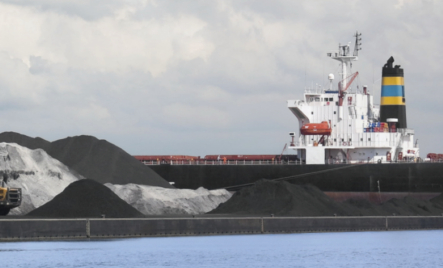 The Bahamas Maritime Authority has published an alert regarding new escape route signs and equipment location markings. They remind all relevant parties that all new vessels built from the 01 January 2019 should be provided with new ISO standard shipping safety signs as described in Resolution A.1116(30).
The Bahamas Maritime Authority has published an alert regarding new escape route signs and equipment location markings. They remind all relevant parties that all new vessels built from the 01 January 2019 should be provided with new ISO standard shipping safety signs as described in Resolution A.1116(30).
All ships built on or after 01 January 2019, and current ships which undergo repairs, changes, modifications and outfitting within the scope of SOLAS Chapters II-2 and/or III, on or after 01 January 2019, will need to make sure that they comply with the ISO standard shipping safety signs listed in Tables 1, 2 and 3 in the Annex to A.1116(30).
The resolution includes updated signs and graphical symbols that should be used to mark the location of:
Continue reading “BMA alerts to the use new ISO standard shipping safety signs and equipment location markings from January 2019”










